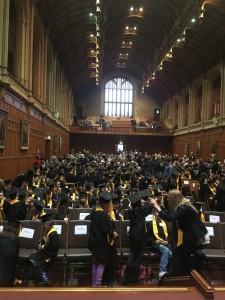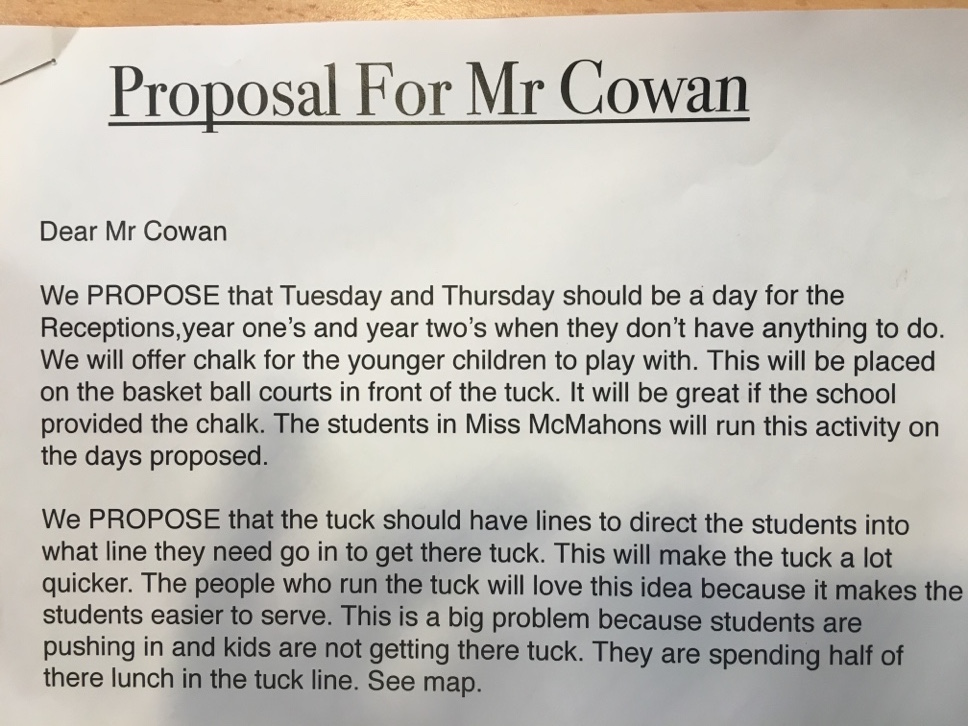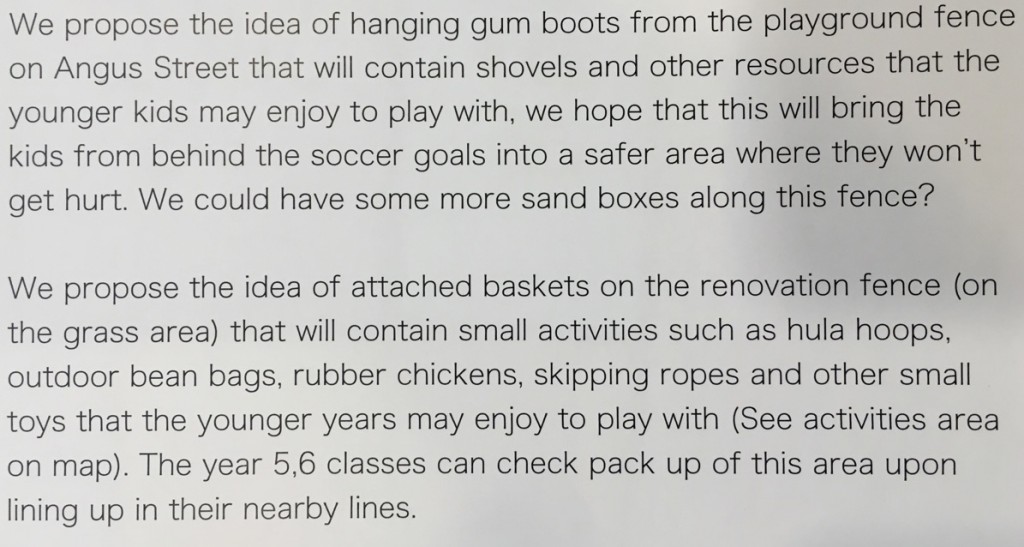
My view from the stage.
Last night it was my pleasure to attend the Graduation for this year’s Children’s University Students. This is an initiative set up by the University of Adelaide that encourages children to pursue learning in their own time and about their own interests. Accredited activities count as time towards different certificates and awards. It was with great pride that I presented 61 students from St Thomas for their awards.
As I sat and watched each child from all of the schools receive their award, my thoughts extended beyond the graduation of Children’s University.
As they waited for their name to be called, it struck me just how different every child is. Some looked really nervous and were taking deep breaths. Some were very relaxed and walked calmly across the stage. All were different but all were there proud and celebrating their learning.
This makes me think of our school and our classrooms. All children are here for the same shared purpose; to engage in deep learning that is meaningful to them. In many ways however, they are all different, all individuals with unique personalities and different gifts and talents. Schools have not always treated children as individuals. Last night was a not only a celebration of some wonderful learning but a reminder of how unique each child is and how important it is for us to recognize this.




